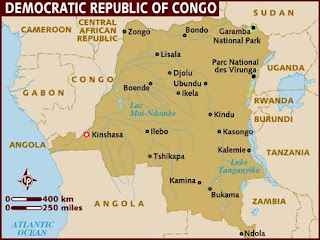My lovely Indian friend Akash supplied the recipes - and we enjoyed them together with his boy Rick and my AJ. After breaking into a cheeky grin a little way through the meal, Akash revealed that one of the dishes wasn't actually his - it was from a book, but he'd changed it. After some debate, we all agreed it's now safe to call it his own.
First course was Tangy-Sweet Balti Paneer (all recipes below), which was fantastic - the hit dish of the night for me. Balti means "bucket" in Hindi and reflects the cooking style, where you keep adding ingredients to one pan as you cook. Making the sauce reminded me of those times as a kid when you'd be at a cafe lunch with your parents and their friends, and would quell boredom by a making a special concoction in your empty milkshake glass: a shake of salt, a sprinkling of pepper, the dregs of your mum's coffee, maybe a squirt of tomato sauce ... please tell me I'm not the only one who did this?! Give me a break - I'm an only child, I had to make my own fun sometimes! Anyway, I digress - the paste was made up of yoghurt, mango chutney, tomato paste, garlic, chilli, sugar and the famous Indian spice blend, garam masala.
To make the dish, all you need to do is bring the paste to the boil, stir in the paneer, coriander and some cream, and you're done. I hadn't eaten paneer before, but I loved it. Kind of a cross between haloumi (less rubbery), feta (less salty) and tofu (cheesier and more firm).
The main course consisted of two curries - one a chicken and coriander curry, the other a lamb keema curry. Starting the chicken curry I was a tad worried. The marinade of yoghurt, turmeric and garlic looked fabulous, but the next step was to turn red onion into a paste in a food processor. My lack of food processor means I put most things into a blender, but it looked like I was making a red onion smoothie and when I lifted the lid, the onioniness was so strong the tears flowed. Thank God this time it wasn't out of frustration. But cooked on the stove for half an hour and mingled with fresh tomatoes, a cashew, coriander and paneer paste, as well as several spices, it turned out terrifically.
Indian bolognaise was next. This keema (which means minced meat) curry was great. Again, it featured red onions, which were cooked for 40 minutes before being mixed with toasted cumin seeds, canned tomatoes, and of course more spices. The result was super tasty - so good that we used the leftovers as a pizza topping drizzled with Greek-style yoghurt - yum!
As I'm finding on this culinary expedition, sometimes it's tricky when you're cooking something for the first time and have no idea how the dish should taste, but it's, for the most part, a pleasant surprise. Akash thought it was amazing having his food cooked for him and even sung my praises saying, "Oh my God Jacqui, these are better than mine." Awww, thanks Akash. To see if you were just being kind though, you'll have to cook them all for me...
We rounded out the meal with a handful of bright-coloured, sugar-coated fennel seeds - the Indian breath freshener. It took Akash back to his childhood, and to have given him that, I was pleased.
Tangy-sweet Balti Paneer
4. Add 1 tsp garam masala in the last one minute of cooking. Transfer to bowl, drizzle with 1 tbs pouring cream and scatter with coriander leaves to serve.
Coriander-cashew chicken curry
Lamb keema curry
1. Heat 1 tbs oil in a large frying pan. Fry 2 very finely chopped red onions over medium-low heat, stirring often, for about 30-40 minutes or until very dark brown.
2. Add 1 tsp crushed garlic and 1 tsp ground ginger until aromatic. Add 2 tsp toasted cumin seeds, 1 tsp salt, 1/2 tsp turmeric, 2-3 tsp ground coriander, 1/2 tsp red chilli powder and 1 tsp garam masala.
3. Add 200-300g chopped canned tomatoes. Simmer for 2-3 mins.
4. Meanwhile, cook 600-700g lamb mince in a separate pan until browned. Stir lamb into spice mixture.




























